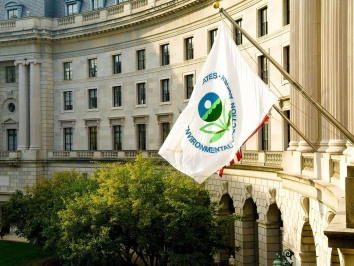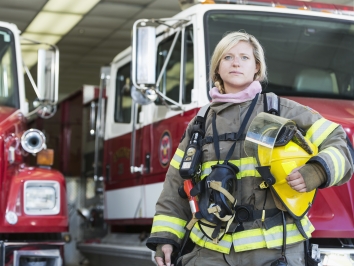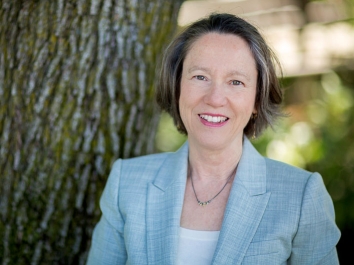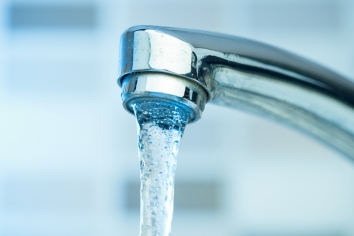EPA’s proposed transparency rule represents a major failure to protect the health of all Americans
Rule would severely limit the use of science the agency considers when setting limits on toxic chemicals in our air and water.

Here, you’ll find the latest news about our research and our impact. For detailed information about our past and present projects, please explore Our Science.
Rule would severely limit the use of science the agency considers when setting limits on toxic chemicals in our air and water.

One of the first studies from the Women Firefighters Biomonitoring Collaborative, a long-term investigation of chemical exposures among women firefighters and breast cancer risk.

Why the state’s new proposed rule to regulate PFAS contaminants is good for public health.

Analysis highlights privacy risks associated with public data sharing
Silent Spring has been a major driver in advancing the field of report-back—a practice that ensures participants have access to their study results and what they mean for their health.

Eating out and consuming microwave popcorn linked with higher exposures to PFAS

One of seven projects chosen as part of new federal health study to address contamination affecting communities nationwide

New analysis calls into question effectiveness of fire safety regulations that lead to the use of hazardous chemicals in furniture.

Switching to flame retardant free foam pit cubes reduces exposures without compromising fire safety

Analysis shows Hispanic communities are disproportionately exposed
